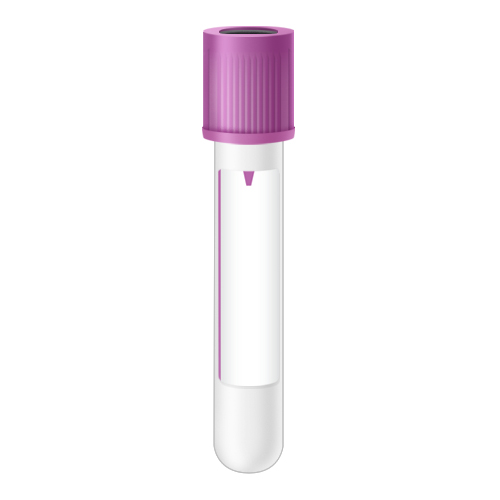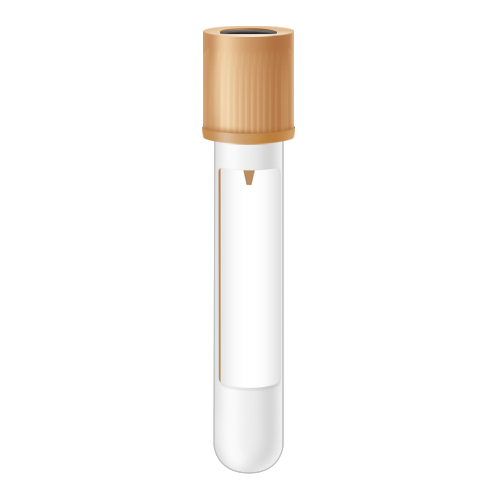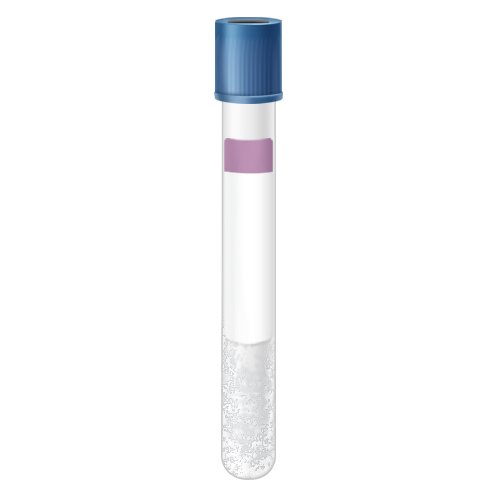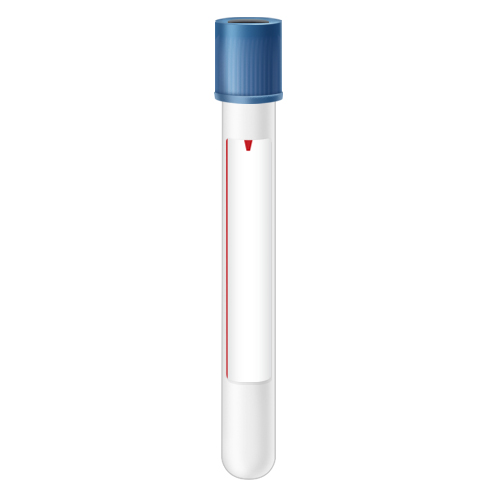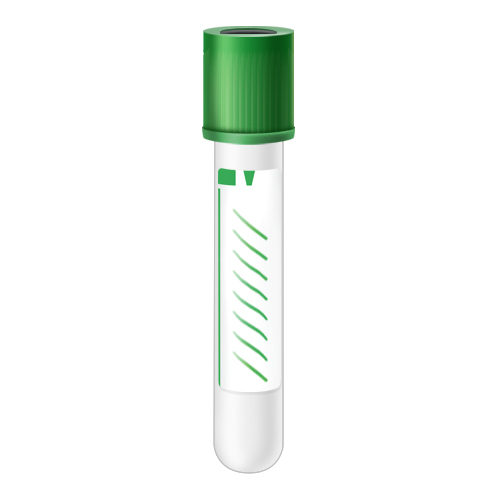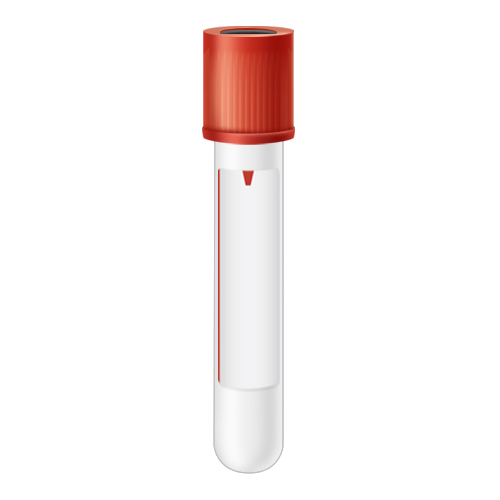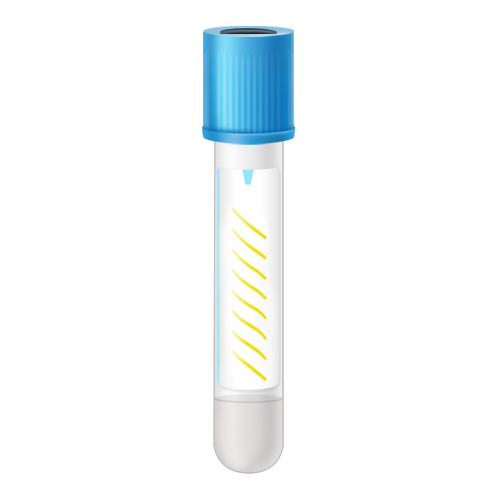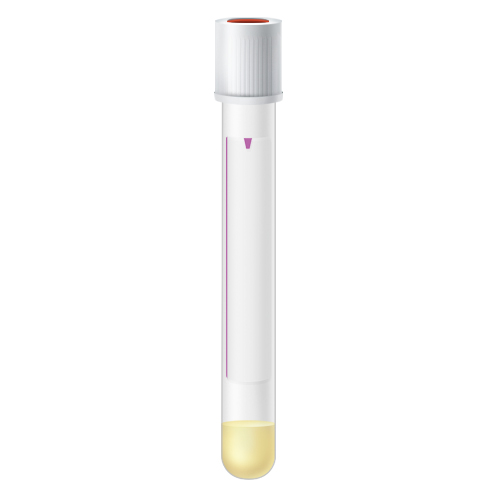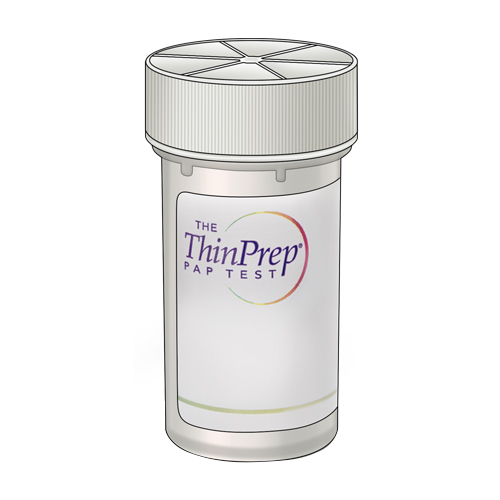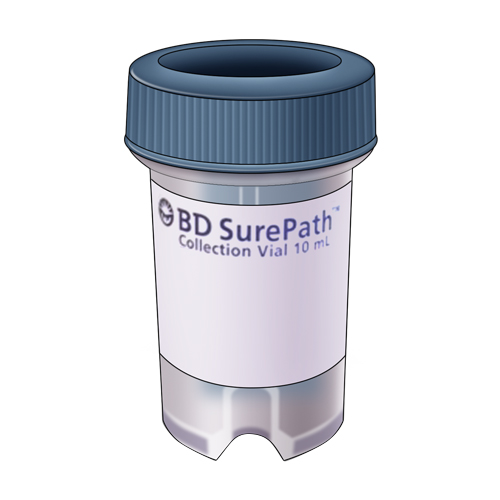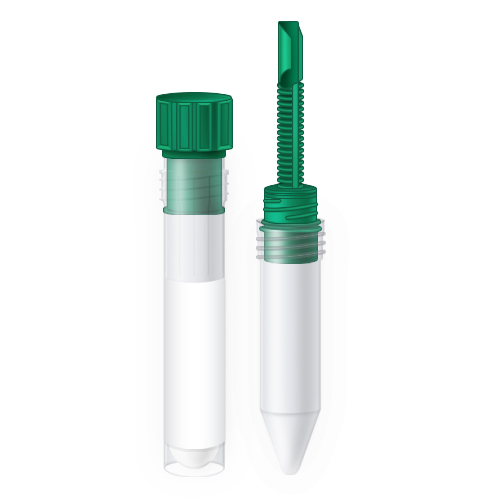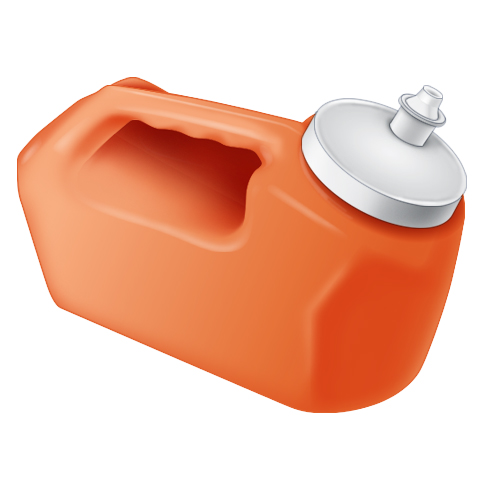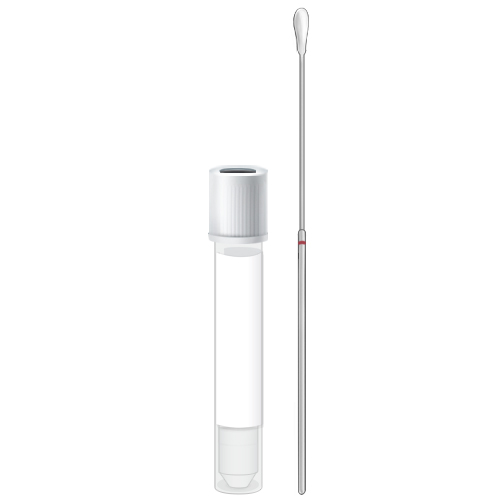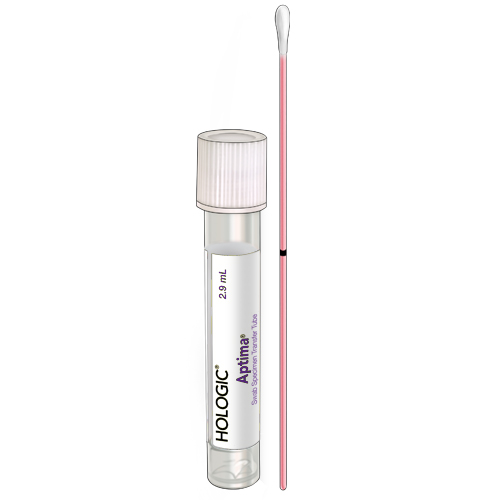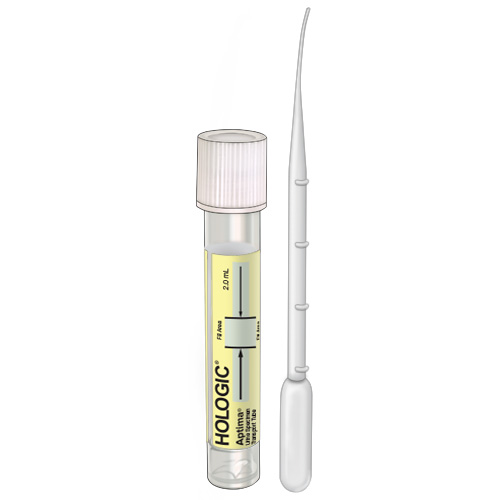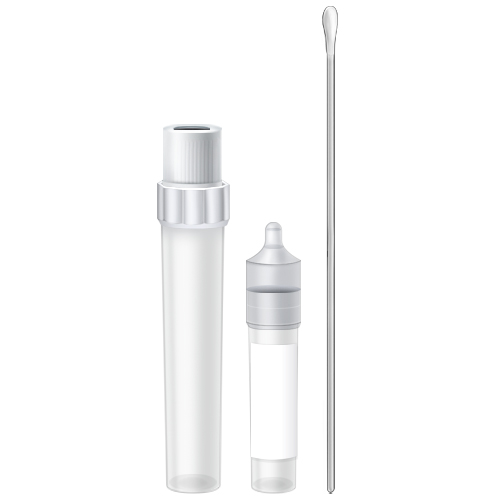The birds and the bees are buzzing in April with the arrival of spring – what better time to bring sexual health into the conversation for STI Awareness Month. Whether you call them sexually transmitted infections (STI) or sexually transmitted diseases (STD) – it’s important to talk about this crucial component of sexual and overall health. Here, we break down some facts about STIs, tips for prevention and the importance of knowing your status.
Know the Facts
The following are some common STIs to be aware of:1
- Chlamydia
- Gonorrhea
- Genital herpes
- HPV (human papillomavirus)
- Syphilis
- HIV (human immunodeficiency virus)
Since STIs are passed on through sexual contact, anyone who is sexually active can contract them, though some activities may increase your risk. Having sex without a condom, having multiple or anonymous sex partners and engaging in sexual activity when under the influence of drugs or alcohol can raise your chances of getting an STI or HIV, according to the Centers for Disease Control and Prevention (CDC).2
Though some STIs do cause symptoms like painful urination, pain during sex, sores and bumps or discharge,3 many STI symptoms are silent – which means you may not notice them at first or for some time.2 However, while many STIs are curable, letting diseases like chlamydia or gonorrhea go untreated by a healthcare provider can lead to serious complications like infertility.1
Check the Stats
STIs are very common in the United States; recent statistics from the CDC showed that in 2018:4
- 1 in 5 people in the U.S. had an STI, adding up to about 68 million infections
- 26 million new STIs were diagnosed
- About half of new STIs were among youth aged 15-24
In 2019, the CDC reported that cases of chlamydia, gonorrhea and syphilis had reached an all-time high, rising for the sixth year in a row.5 While the COVID-19 pandemic contributed to a decrease in reported STIs in 2020, a 2021 CDC report notes a resurgence in cases.6
Aim for Prevention
Although they are pervasive, STIs are preventable. According to the CDC, the surest way to avoid getting an STI is not to have sex. If you are sexually active, the correct use of condoms can help reduce your risk – although skin-to-skin transmission of certain diseases, like herpes or HPV, is still possible.2
Consider taking the following additional steps to help protect yourself against STIs:
- Talk with your partner: sexual health may not be the most romantic subject, but you can support your overall health by having honest discussions about your STI status, protection and pregnancy.1
- Choose less risky behaviors: reducing your number of partners and avoiding mixing drugs and alcohol with sex can help you stay protected.1
- Get tested: as mentioned above, many STIs don’t have symptoms – getting tested will help you know your status and prevent spreading an STI to your partner.7
- Get vaccinated: the HPV vaccination can help prevent related conditions like genital warts and some cancers.7
Get Yourself Tested
Get to know your risk this STI Awareness Month – including your status. If you are sexually active, getting tested for STIs is a crucial component of your general health and is the only way to know for sure if you are infected. Simple blood and urine tests can help determine your status; consult your healthcare provider to see if STI testing is right for you at this time.
BioReference offers Sexual Health Profiles for men and women that can give you and your healthcare provider answers when it comes to STIs – delivering comprehensive results for multiple infections from easy-to-collect samples.
Sources:
- https://www.cdc.gov/std/life-stages-populations/stdfact-teens.htm
- https://www.cdc.gov/std/hiv/stdfact-std-hiv-detailed.htm
- https://medlineplus.gov/lab-tests/std-tests/
- https://www.cdc.gov/std/statistics/prevalence-2020-at-a-glance.htm
- https://www.cdc.gov/std/statistics/2019/foreword.htm
- https://www.cdc.gov/nchhstp/newsroom/2021/2020-std-trend-report.html
- https://www.cdc.gov/std/prevention/lowdown/index.html



